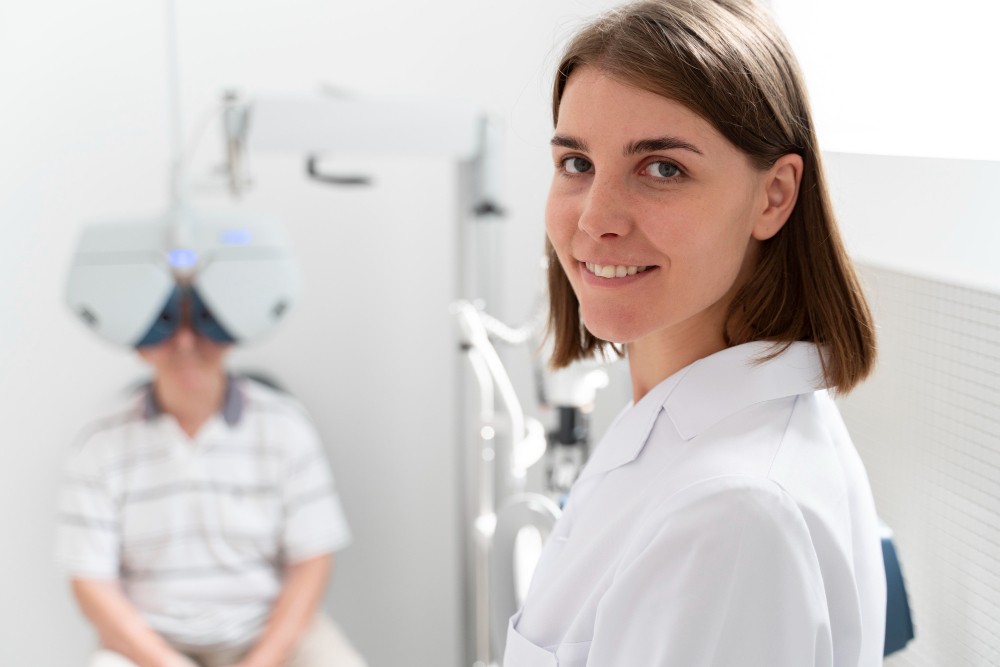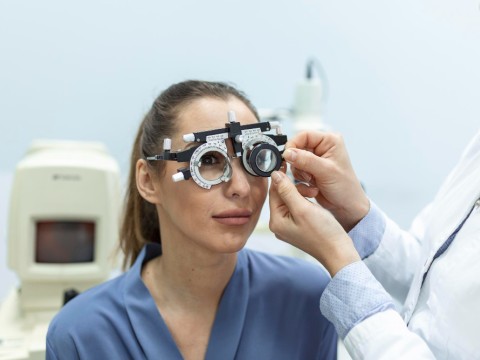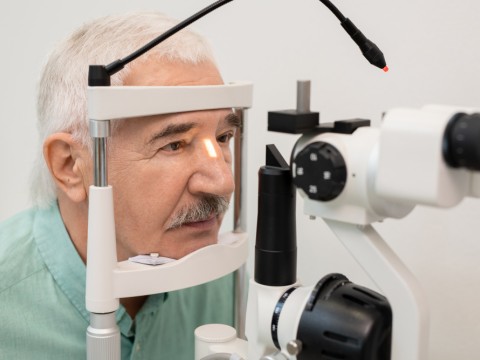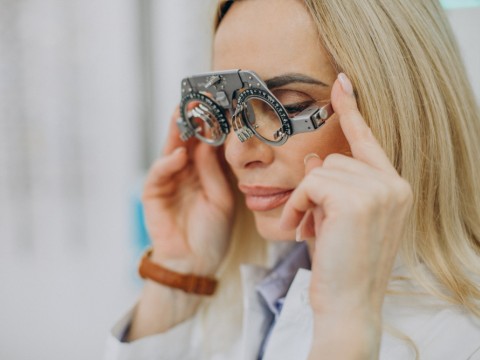Quote of Dünyagöz
Intravitreal Anti-VEGF: Revolutionizing Eye Care
Intravitreal injections of anti-VEGF are a novel treatment for a range of eye disorders, especially those affecting the growth of abnormal blood vessels in the retina. By acting on vascular endothelial growth factor, these injections prevent loss of vision and, in some cases, even improve eyesight.
What is Anti-VEGF Treatment?
Conditions mainly addressed by anti-VEGF therapy include AMD, DME, and RVO-all generally characterized by overproduction of VEGF, which promotes the growth of new vessels in the retina, frequently leaky and problematic for proper vision. It is through the inhibition of VEGF by anti-VEGF agents such as Lucentis, Avastin, and Eylea that these abnormal vessel formations are reduced or sometimes reversed, leading to stabilization or improvement in vision.
How the Treatment Works
Treatment involves injecting Anti-VEGF drugs straight into the vitreous cavity of the eye. These ensure better delivery at the retina than is possible with other types of injections into the eye, where the procedure is less forbidding than its description and typically only slightly uncomfortable. Patients typically receive local anesthesia to anesthetize the area. Injections take no more than a few minutes in total. How often injections are needed depends upon what it is being treated; for example, some cases may be every month and some much less often.
Benefits and Risks
Intravitreal Anti-VEGF injections are of great benefit, especially to people suffering from retinal diseases that may lead to blindness. These injections can prevent further deterioration of vision and sometimes even improve clarity and sharpness for some patients. However, as with any medical treatment, there are potential risks, including infection, increased eye pressure, or bleeding. Follow-up visits with the ophthalmologist are necessary on a regular basis to monitor the progress and any complications that may arise.
Conclusion: Intravitreal Anti-VEGF therapy is highly effective in the management of various conditions of the retina. If adequately monitored and cared for, it offers the patient the possibility of maintaining or even improving their vision.
- Health Insurance
-
Accommodation
- Online Healthy Life Assistant 9/5
- Post - Experience Follow Up 6 Month
-
Extra Privileges
- Transfer

- Health Insurance
-
Accommodation
- Online Healthy Life Assistant 24/7
- Post - Experience Follow Up 1 Year
-
Extra Privileges
- Pre-Treatment Doctor Consultation
- Transfer

 Private
Private
- Health Insurance
- Healthy Life Butler
- Post - Experience Follow Up 2 Year
- World-Famous Doctor Consultation
-
Extra Privileges
No suitable hotel found for the relevant dates!
* Price varies depending on extra and upgrade selections.
Retinal diseases refer to various conditions that occur in the retina, the light-sensitive tissue at the back of the eye. These diseases are characterized by damage to or impairment of the retina cells.
Symptoms of retinal diseases vary depending on the type and severity of the disease. However, common symptoms include vision loss, blurry vision, flashes of light, or spots.
Treatment for retinal tears usually involves closing the tears to prevent retinal detachment, often requiring laser therapy or surgical intervention. The treatment is determined based on the size, location of the tear, and the patient's overall eye health.
Some retinal diseases can be prevented or their progression can be slowed down. This includes regular eye exams, adopting healthy lifestyle habits (such as not smoking, balanced diet, exercising), and controlling systemic diseases like diabetes.




